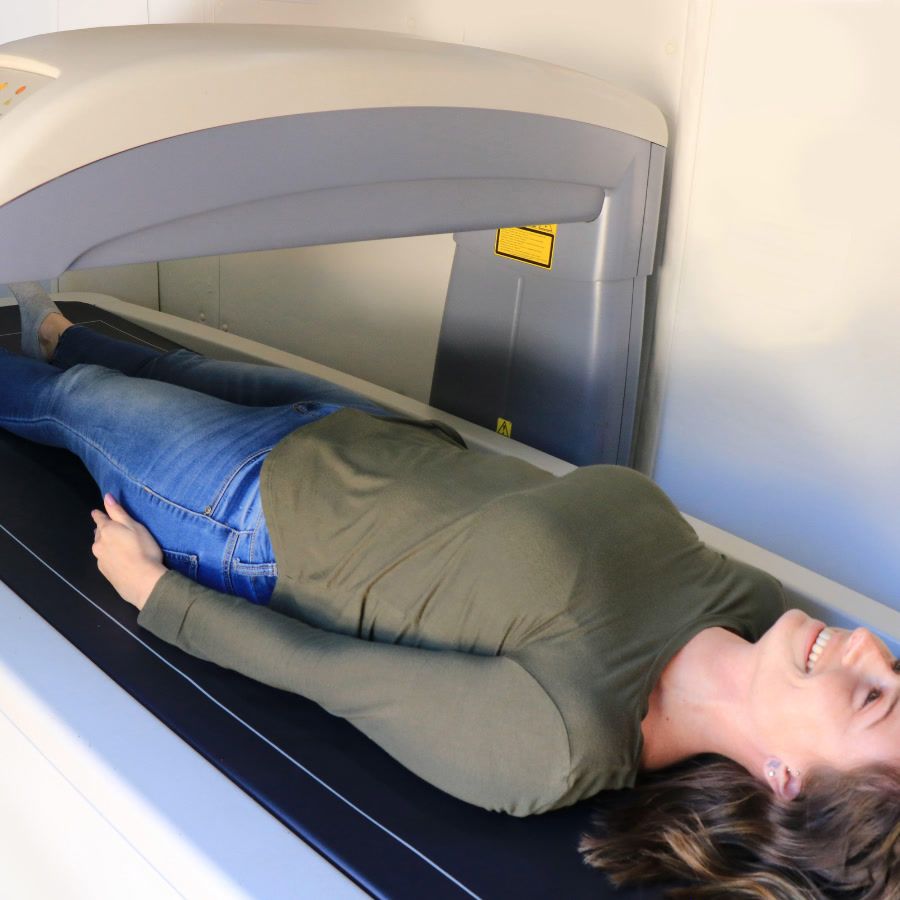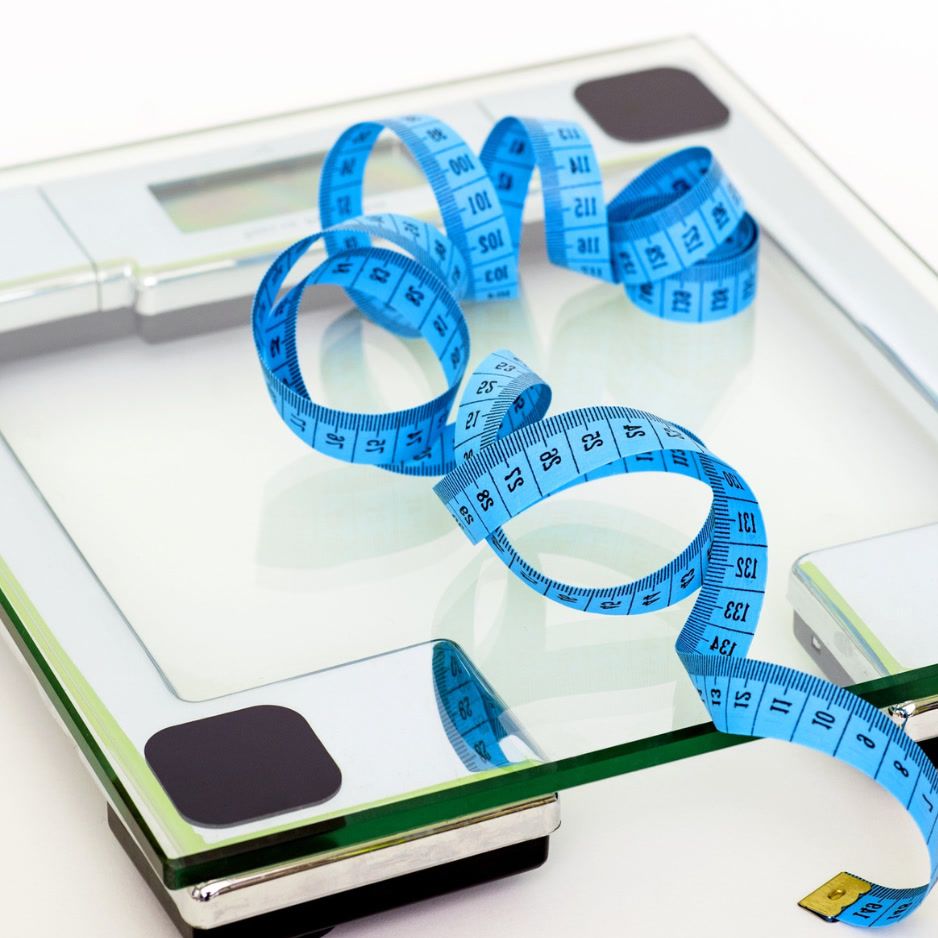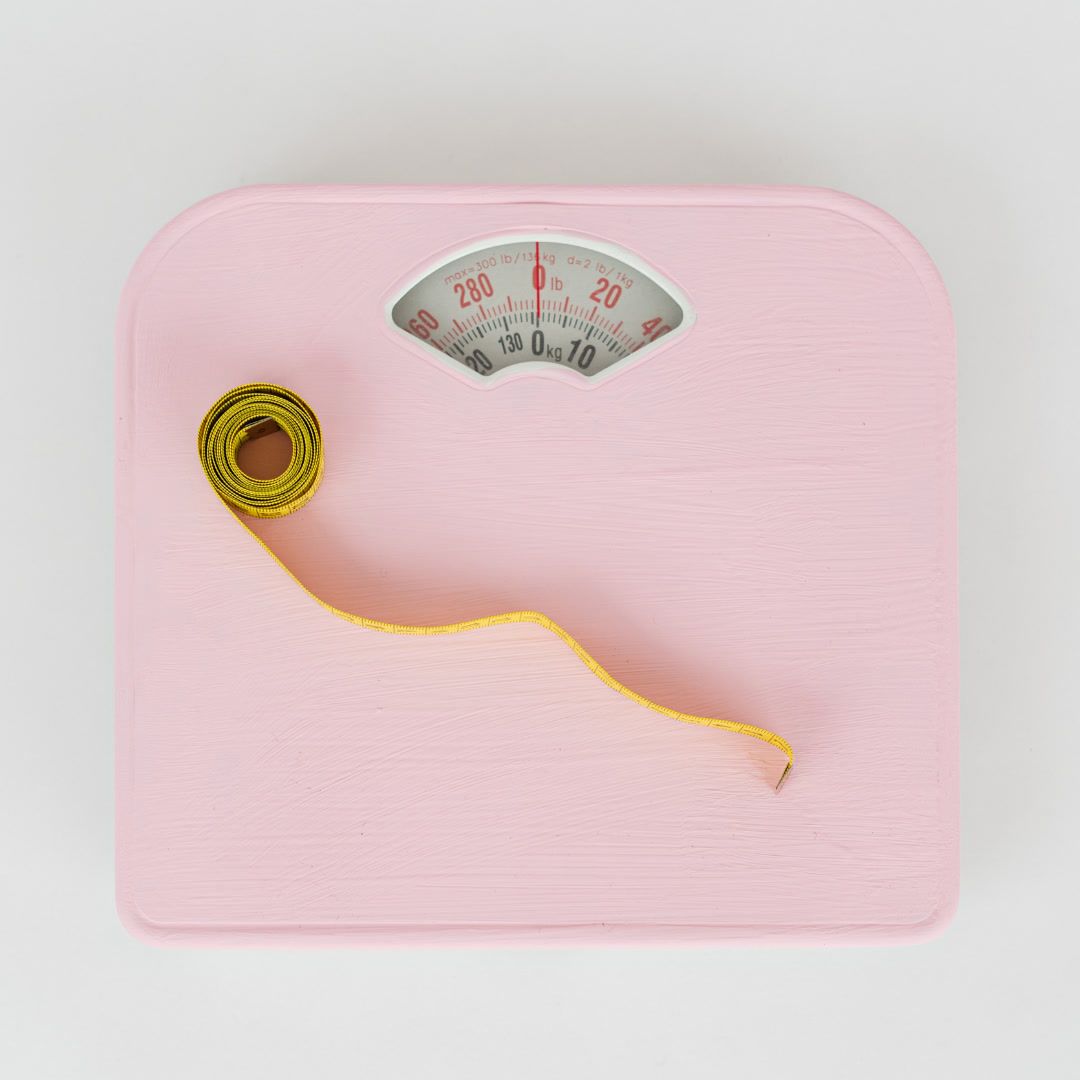Biological Age
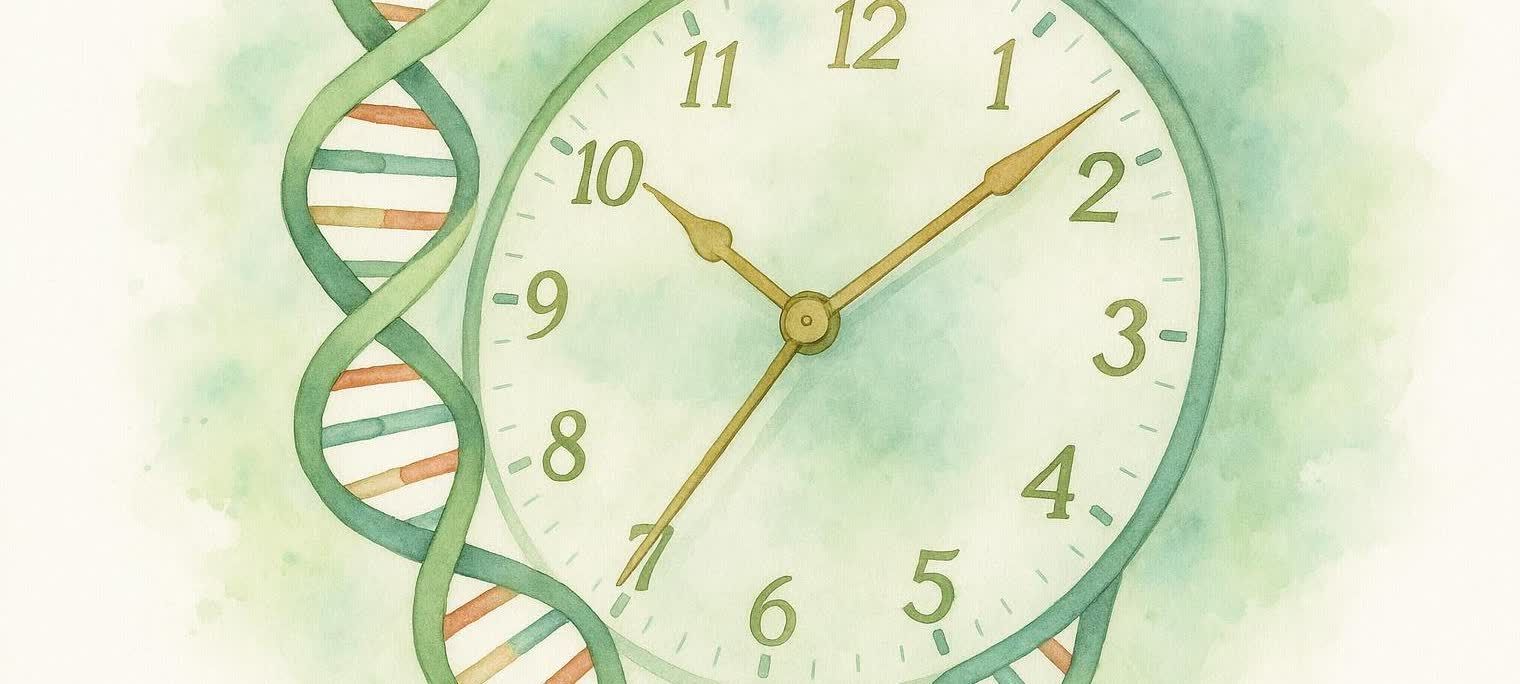
Biological Age: The Ultimate Guide to What It Is, How to Measure It, and Science-Backed Ways to Turn It Back
Primary keyword: biological age
DNA-methylation research shows that two people who are both 50 years old on paper can differ in biological age by more than a decade—drastically changing their risk of chronic disease.
In this guide you’ll learn what biological age is, how researchers calculate it, which at-home tests you can try, and—most importantly—evidence-based habits that can help you keep your cells younger than your birth certificate.
Biological Age vs. Chronological Age
Chronological age is calendar time. Biological age reflects how quickly your cells, tissues, and organs have accumulated damage. Think of it as your body’s “wear-and-tear” odometer.
| Measure | What It Reflects | Key Drivers |
|---|---|---|
| Chronological age | Trips around the sun | None (time marches on) |
| Biological age | Cellular & physiological integrity | Genetics (20%), lifestyle & environment (80%) |
Lifestyle factors outweigh genetics four-to-one when it comes to how fast we age, according to the Mayo Clinic.
How Scientists Calculate Biological Age
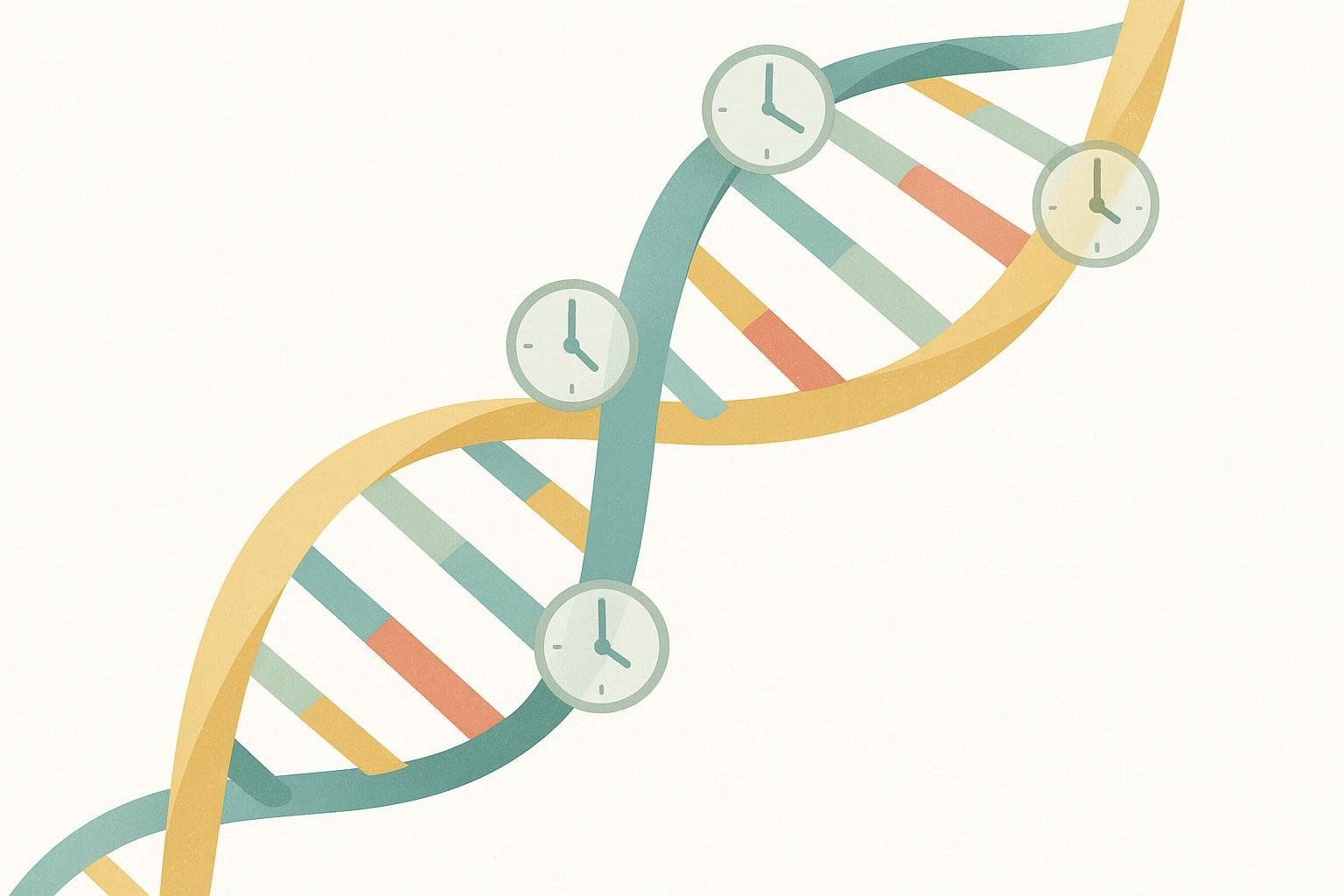
Researchers aggregate biomarkers that change predictably over time and train algorithms to estimate age from those patterns. Three dominant approaches have emerged:
- Epigenetic clocks – DNA-methylation patterns at specific CpG sites, first popularized by the Horvath clock.
- Telomere length – Nobel-winning work by Blackburn, Greider, and Szostak showed that repetitive DNA caps shorten with each cell division, acting as cellular fuses.
- Phenotypic / blood composites – Clinical lab markers (glucose, CRP, creatinine, etc.) modeled against mortality risk, such as DNAm PhenoAge.
Each method offers a slightly different lens on aging, and many consumer tests now combine multiple clocks for a fuller picture.
Biological Age Testing Options (Consumer-Friendly)
Below is a snapshot of popular at-home kits as of 2025. Prices may fluctuate with promos and subscriptions.
| Company | Primary Method | Sample Type | List Price | Report Highlights | Pros | Cons |
|---|---|---|---|---|---|---|
| Tally Health | Epigenetic (DNA) | Buccal swab | $229 one-off; memberships $129–199/mo | TallyAge score; lifestyle plan | Easy swab; quarterly tracking | Pushes add-on supplements; limited biomarkers |
| TruDiagnostic TruAge | Multi-clock epigenetic | Blood spot | $499 | Biological age, pace of aging, 11 organ ages | Deep analytics; clinical-grade | Higher cost; finger-prick blood |
| InsideTracker InnerAge 2.0 | Blood biomarkers + AI | Venous draw | $99 add-on to $149+ panel | InnerAge; food/exercise tips | Metabolic markers; wearable sync | Needs lab draw; no methylation |
Accuracy Caveats
- Epigenetic clocks predict mortality better than telomere length alone (C-statistic ≈ 0.75 vs 0.55).
- Blood-based PhenoAge correlates strongly with frailty and disease onset.
- Inter-lab comparisons can differ by several years, so watch trends over time—not single snapshots.
How Much Does Visceral Fat Age You?
Excess visceral fat is more than a jeans-button problem—it literally makes you older. A large U.S. survey published in the Journal of Nutrition, Health & Aging found that people in the highest visceral adiposity quartile showed a ~3-year increase in Phenotypic Age compared with those in the leanest quartile (PubMed 39067143). Each single-unit rise in the Visceral Adiposity Index (VAI) added about 0.3 years of biological age.
Because a DEXA scan is one of the few tools that can directly quantify visceral fat, regular scans give you a front-row seat to one of the strongest—yet most actionable—aging biomarkers.
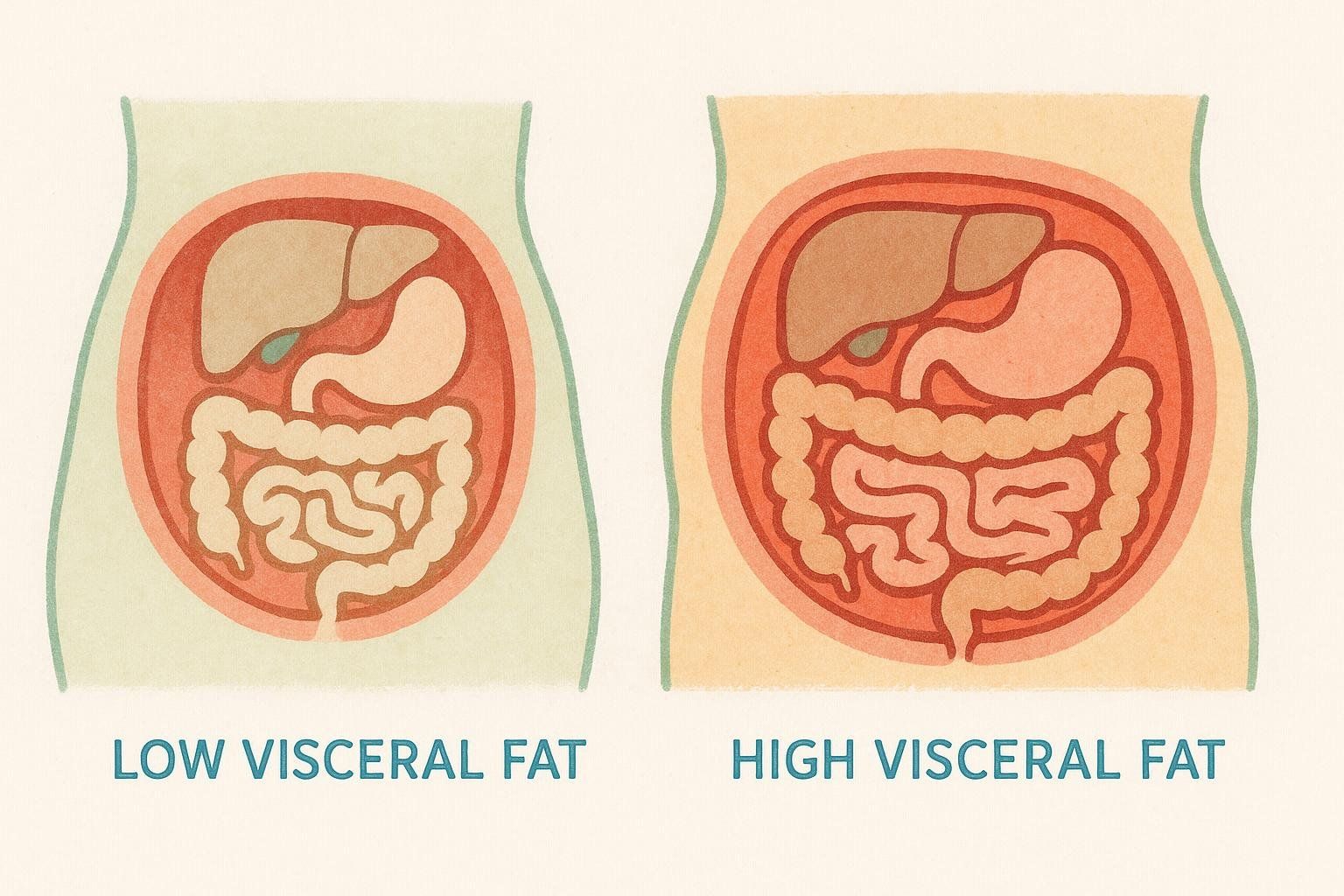
How to Lower Your Biological Age: 6 Evidence-Backed Strategies
1. Move Consistently
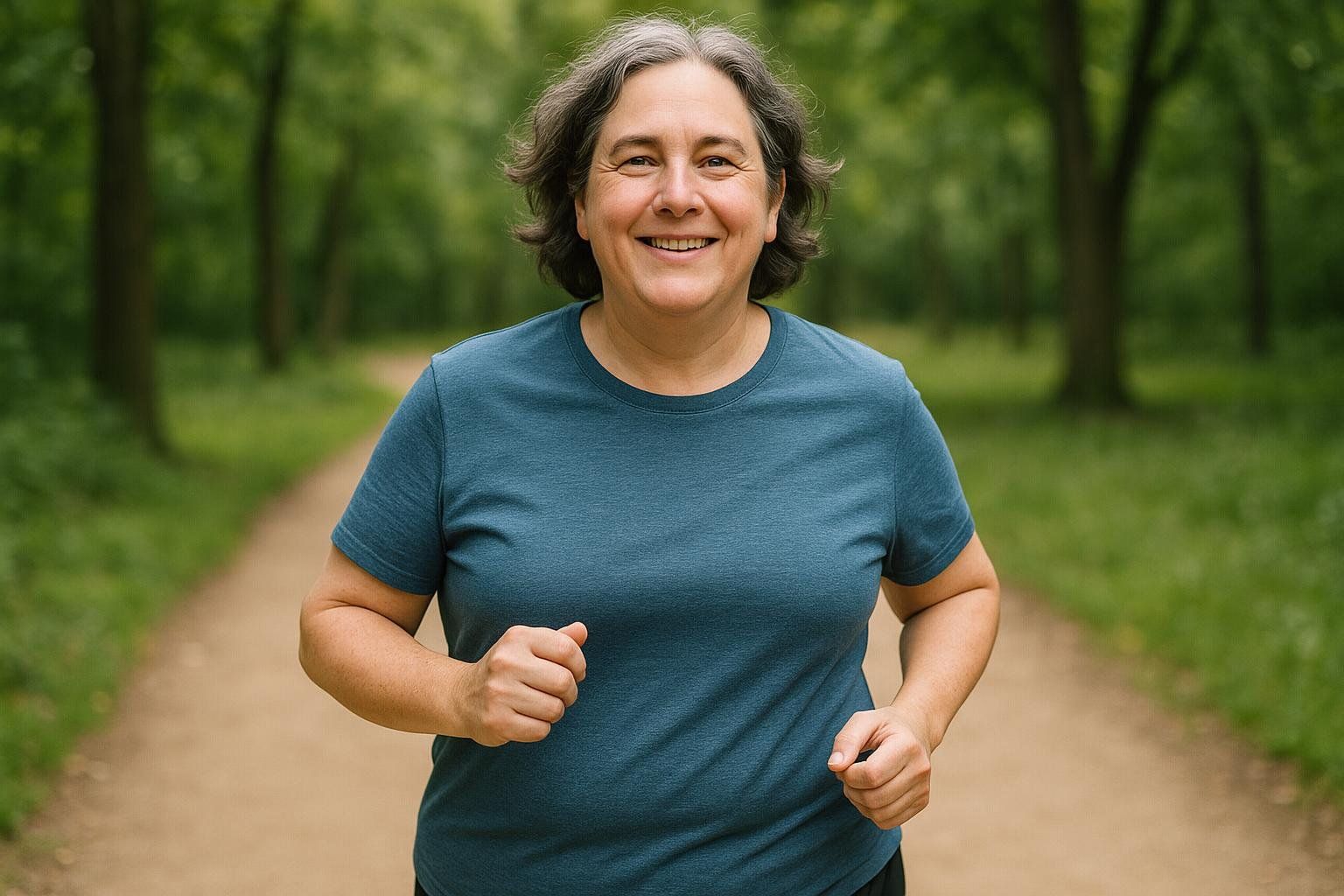
Meeting the guideline of 150–300 minutes of moderate-to-vigorous exercise per week slows epigenetic aging by 1.5–3 years on average, according to Clinical Epigenetics.
2. Eat Like a Centenarian

Mediterranean-style eating lowers inflammatory biomarkers and improves PhenoAge scores. For macro specifics, see our macro-tracking guide.
3. Optimize Body Composition

Cutting visceral fat and preserving muscle can shave years off your clock. Our DEXA scan overview explains how to track both metrics precisely.
4. Prioritize Quality Sleep

Sleeping 7–9 hours per night keeps the GrimAge clock from jumping ahead—short sleep accelerated it by roughly 1 year in the Health & Retirement cohort.
5. Tame Chronic Stress
A landmark PNAS study found that chronically stressed caregivers had telomeres equivalent to 9–17 additional years of aging. More recently, a prospective cohort reported that women with higher lifetime cortisol exposure experienced about two years of extra epigenetic age acceleration (PubMed 34896740). Regular meditation, breath-work, or yoga helps blunt cortisol spikes and keep your cellular clock on schedule.

6. Consider Targeted Supplements
- Omega-3s slow telomere attrition in heart-disease patients.
- Vitamin D status is linked to ~0.6 years lower PhenoAgeAccel.
- Creatine preserves lean muscle mass, indirectly supporting a younger musculoskeletal age.
Lifestyle fundamentals still deliver the biggest return on investment.
Where a DEXA Scan Fits Into Your Longevity Stack
While a DEXA scan doesn’t calculate biological age directly, it reveals levers that influence it:
- Visceral fat mass – higher values speed epigenetic aging.
- Lean muscle mass �– more muscle correlates with slower aging trajectories.
- Bone density – declining density parallels PhenoAge acceleration and raises fall risk.
Falls already send ~3 million older Americans to the ER each year (CDC Falls Stats). Improving muscle and bone stats today can keep you upright tomorrow.
A 90-Day Data-Driven Rejuvenation Plan
| Week | Action | Why It Matters |
|---|---|---|
| 0 | Baseline DEXA + biological-age test; log sleep, diet, activity | Establish visceral fat, muscle, and epigenetic starting points |
| 1 | Set SMART goals (e.g., lose 1 lb visceral fat; add 2 lb muscle) | Align daily habits with measurable targets |
| 2–11 | 3× strength + 2× cardio weekly; Mediterranean meals (30 g fiber); nightly mindfulness; 7–9 h sleep | Each habit improves methylation patterns, lowers inflammation, and shifts DEXA metrics |
| 12 | Re-test DEXA + biological-age kit | Quantify progress; adjust plan |
Need more inspiration? Dive into our longevity strategies and learn how to measure your health-span.
FAQs About Biological Age
Can I calculate biological age without a lab test?
Online calculators using waist size, resting heart rate, and lifestyle inputs offer ballpark estimates but lack the precision of epigenetic or blood models.
How often should I retest?
Every 3–6 months balances cost with biological signal; most interventions need at least 8–12 weeks to move the needle.
Does weight loss automatically lower biological age?
Only if it reduces visceral fat and preserves lean mass—crash diets that sacrifice muscle can actually age you faster.
Key Takeaways
- Biological age gauges cellular wear-and-tear better than the birthday candles on your cake.
- Excess visceral fat can age you by roughly three years—but losing it is trackable with DEXA.
- Chronic stress can tack on a decade or more to your biological age; mindfulness helps keep the meter steady.
- A 360° longevity dashboard pairs DEXA scans with blood and epigenetic tests.
- Exercise, nutrition, sleep, and stress management remain the most powerful anti-aging tools.
Ready to see where you stand? Book your next BodySpec scan and start turning back the clock—one data-driven decision at a time.
